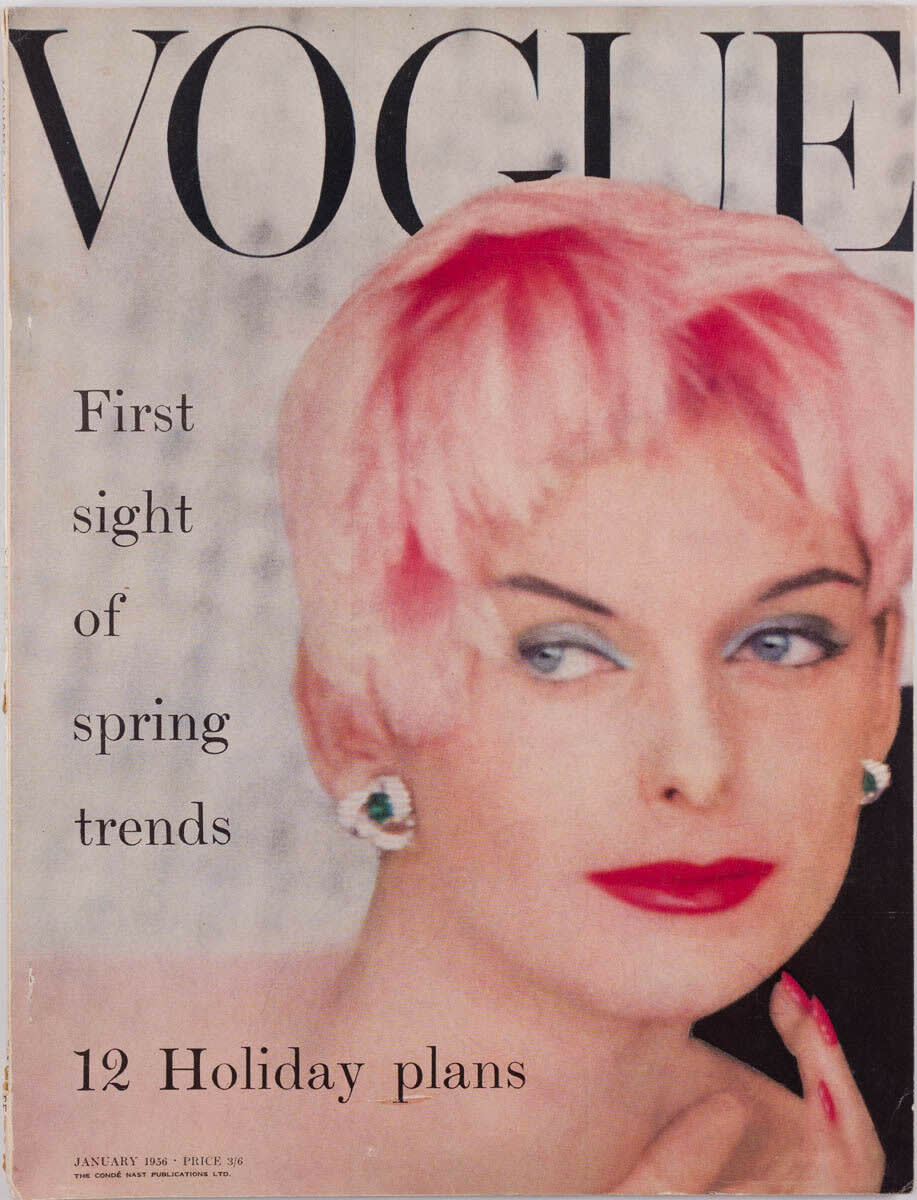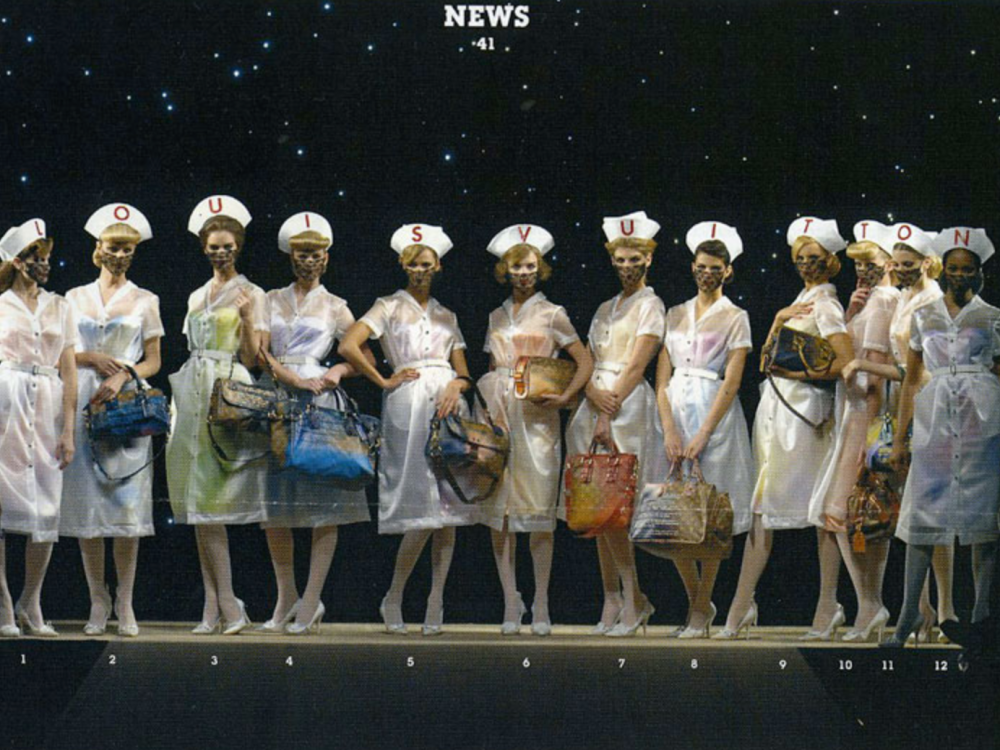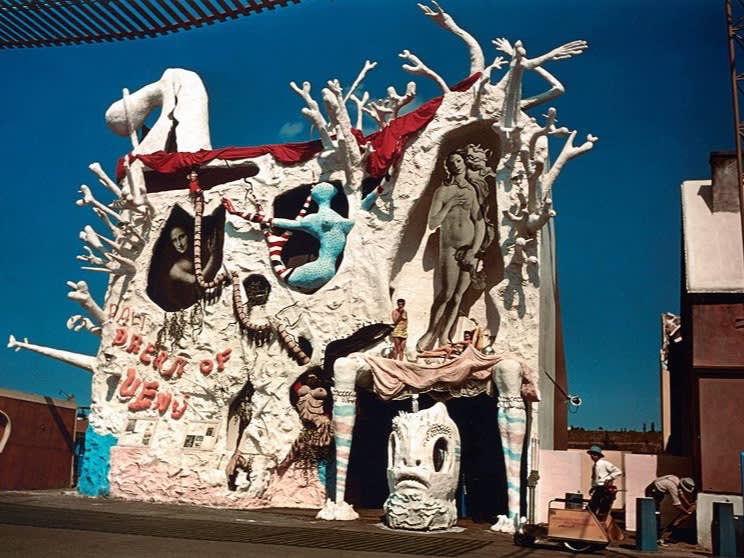Any collection from Theirry Mugler’s eponymous label has a unique way of showcasing the french designer’s affinity for avant-garde. A fashion designer and photographer, Mugler’s creativity arguably began to peak into a defined aesthetic around the time of this ulta colorful, boldly textured Fall/Winter Collection of 1991. With it, Mugler brought to the runway fashion statement favorites from latex to furs to dripping diamonds. Continuously inspirational, Mugler never fails to surprise and uplift the most experimental of fashion lovers.
This collection particularly brings us all of the beautifully weird qualities we want from a journey back in the Mugler archives. And meanwhile, the show also generously fulfills the ultra-glamorous ordeal you may anticipate from a high fashion 90’s runway to be. As the eccentric and creative fashion designer was building his identity, this show proved just how fabulously he could push boundaries. The shiny fabrics alongside neon colored wigs and accessories is exemplary of Mr. Mugler’s excessive futurism. But in no way is the designer limited by this aesthetic, as the show takes that bright color palette and applies it to campy fur numbers right down to the shoes, bags, and sunnies. And as space age meets camp, the star-studded runway continues becoming all the more fabulous with sexy black leather, surrealist accents, and loads of sparkle.
But in all that Theirry Mugler provides in creativity, opulence, camp, and innovation, he never compromises in expert construction. In fact, the impressive and outlandish shapes at work in this collection (hello spiraling fur skirts and Gaultier-esque cone bras) are proof of Mugler’s professionalism as a couturier. Perhaps the work is a result of approaching fashion design through the lens of both a constructor and a photographer. This collection wasn’t about ready-to-wear kind of commodifiable fashion that would sell out department stores (in fact, they’d almost certainly err on the side of costume over clothing) but the artistic core of fashion design that would bring photographs to life. These are the kinds of garments that make people become the subjects of artworks. In all of these ways, this collection serves as a reminder of Theirry Mugler’s lasting influence in the world of fashion. It is a jumping point for wild creativity in clothes, and with this, the Mugler legacy is able to beautifully outlive the brand itself.
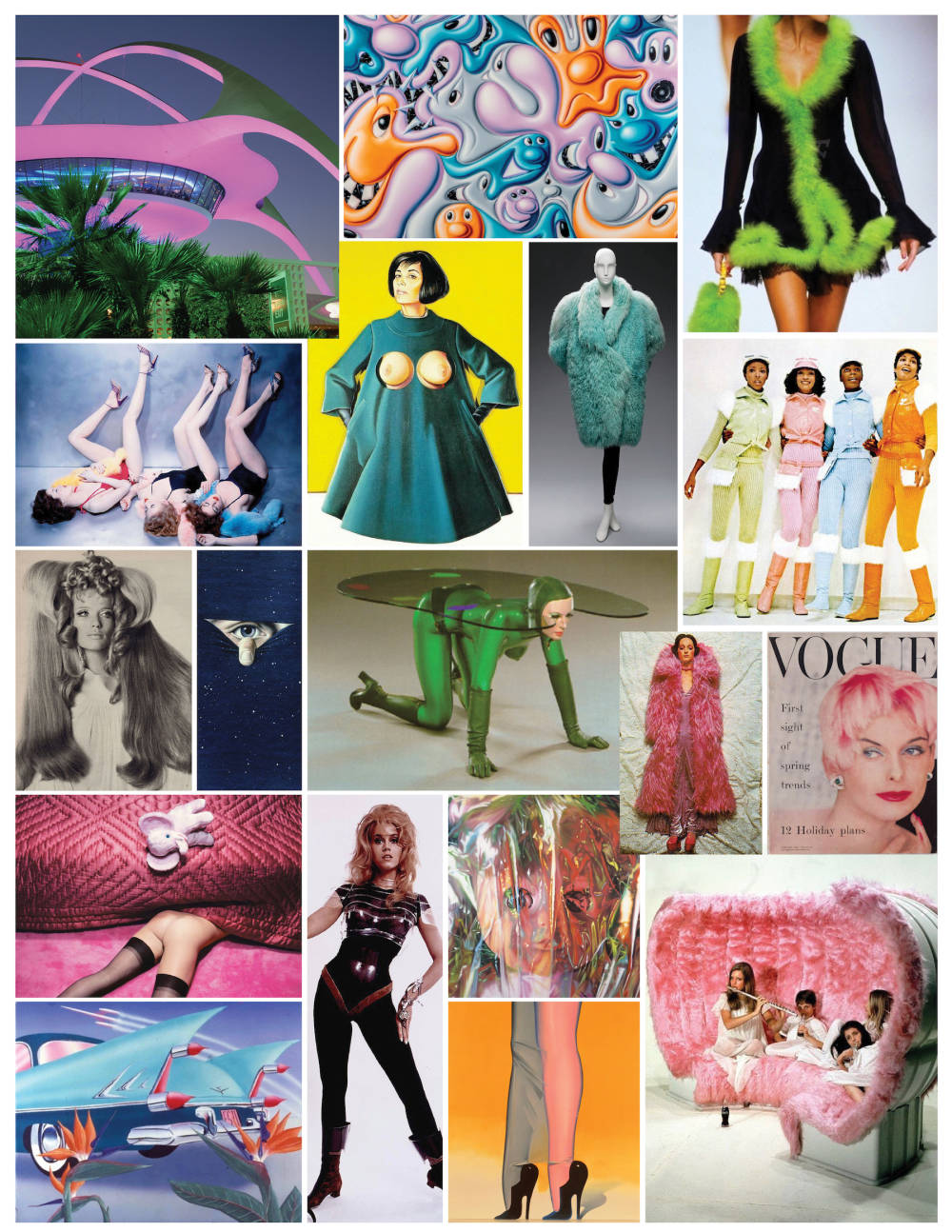
References
- 1
- 2
Emanuel Ungaro
Printemps 1995
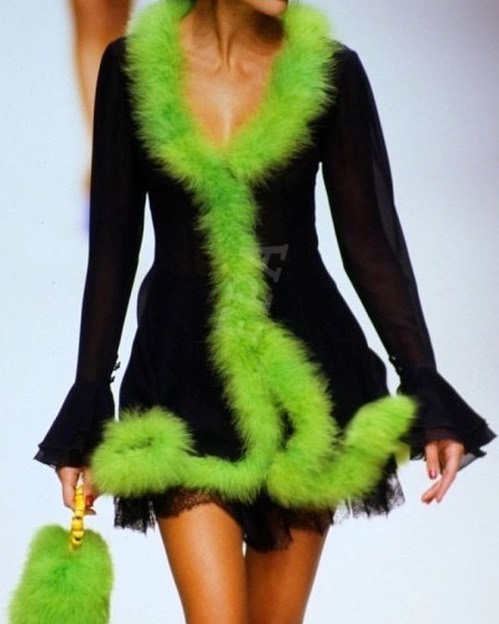
Allen Jones
Green Table, 1972
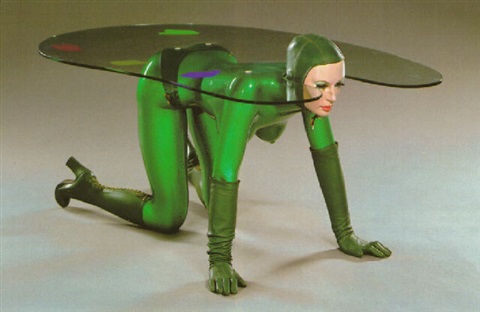
Kenny Scharf
Blobz 'n Glops, 2016
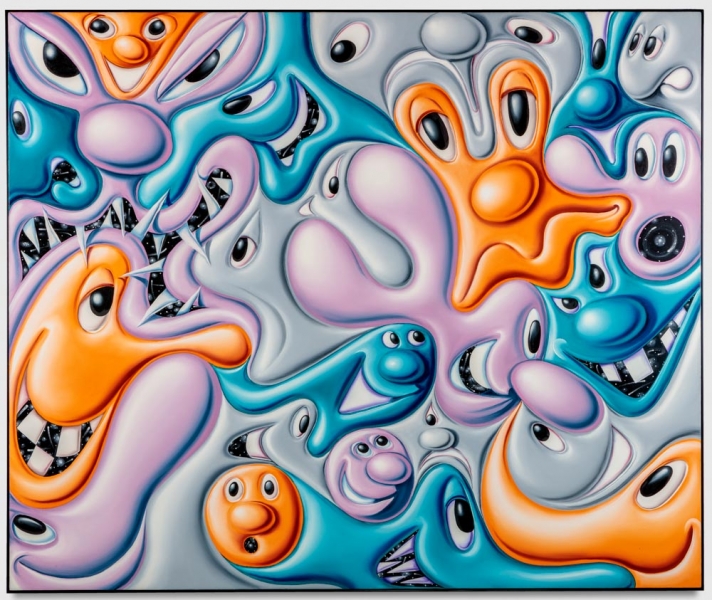
Mel Ramos
Blue Coat, 1966
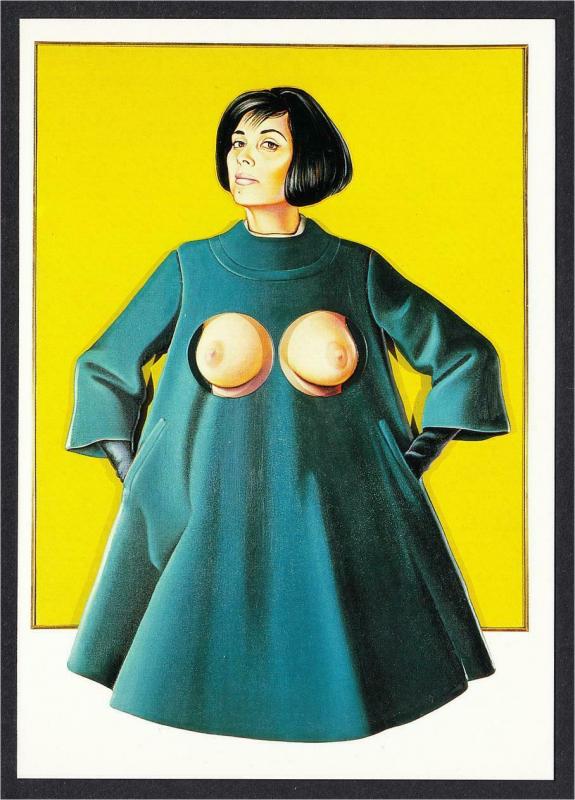
Paul R. Williams
LAX Theme Building, 1961
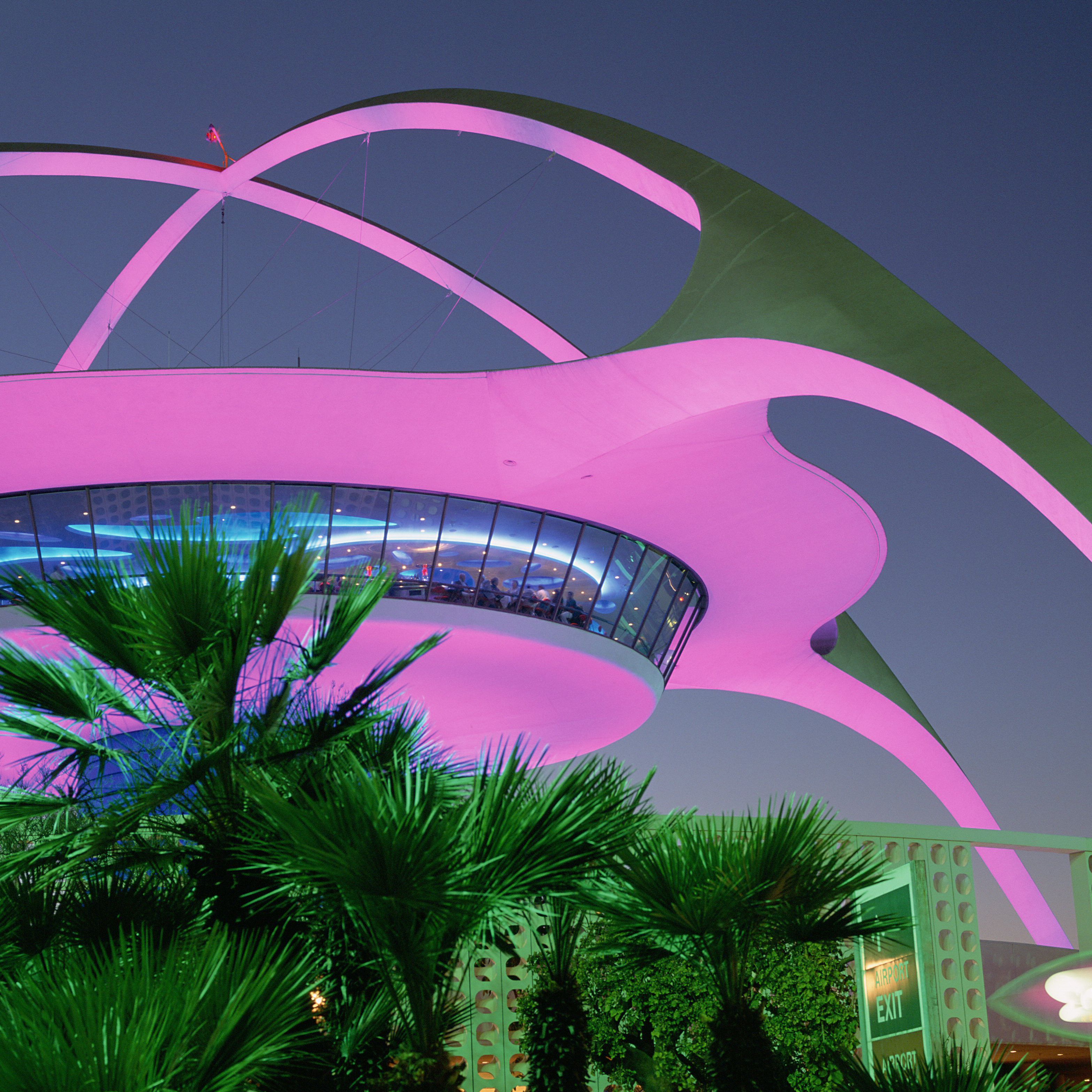
Superstudio
Sofa, 1968

Harri Peccinotti
Nova Magazine, 1972
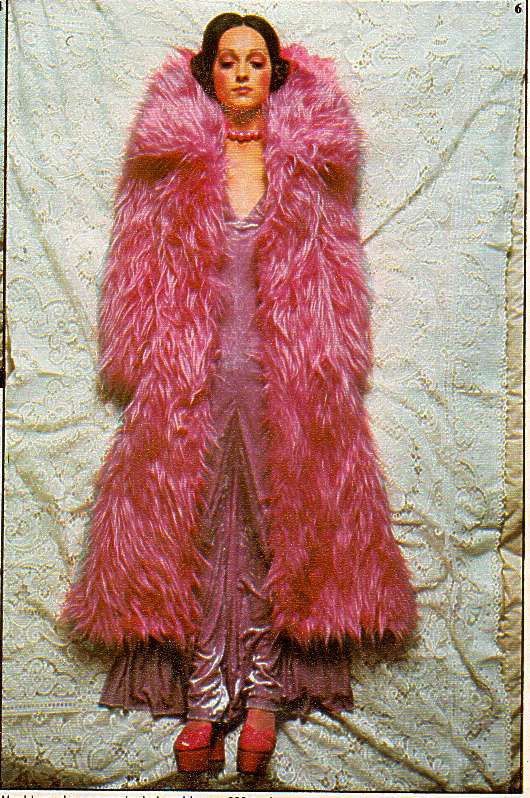
Claude Montana
Coat, 1980s

André Courrèges
Space Age Fashion, 1972
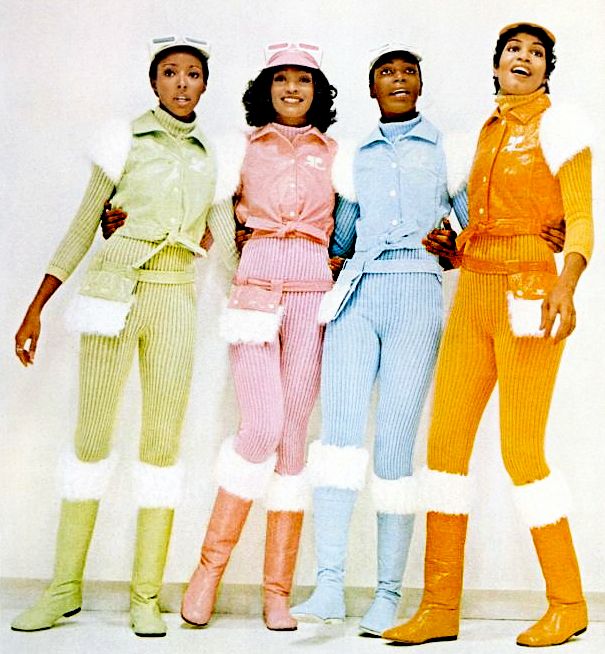
Allen Jones
First Step, 1966
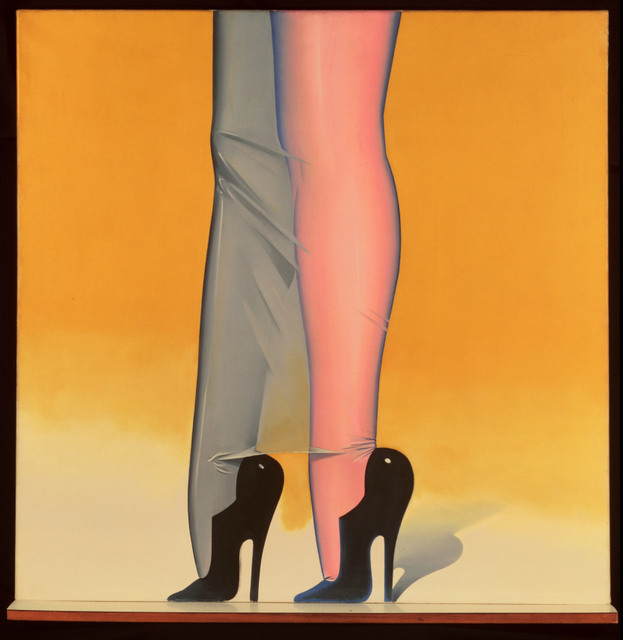
Guy Bourdin
Swimsuit Photography, 1976
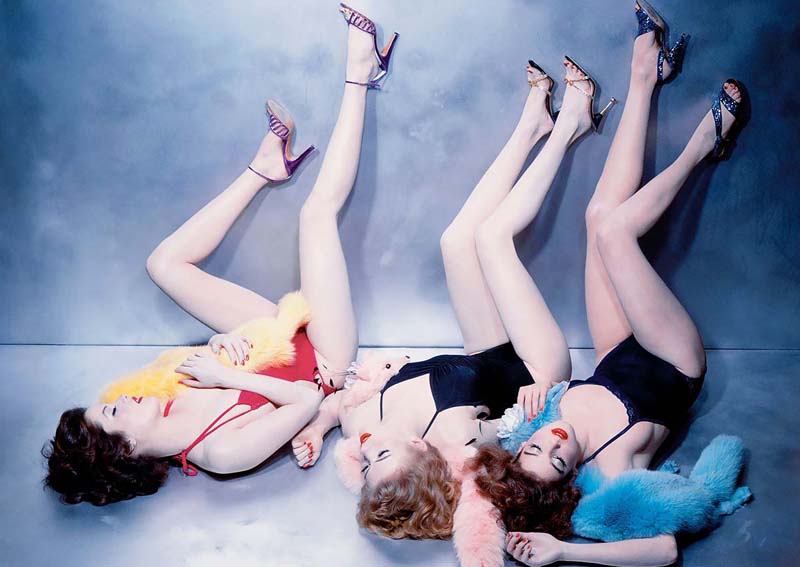
Guy Bourdin
Pentax Calendar, 1980
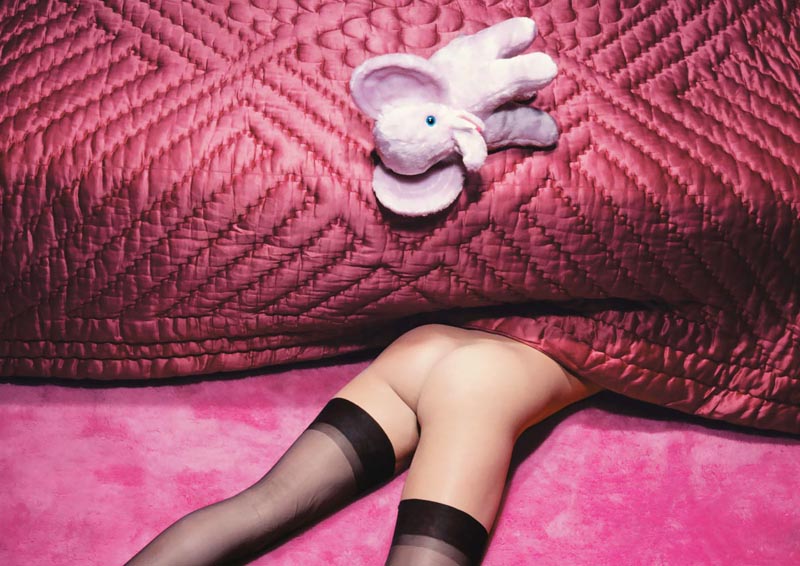
Irving Penn
Veruschka, Vogue, 1968
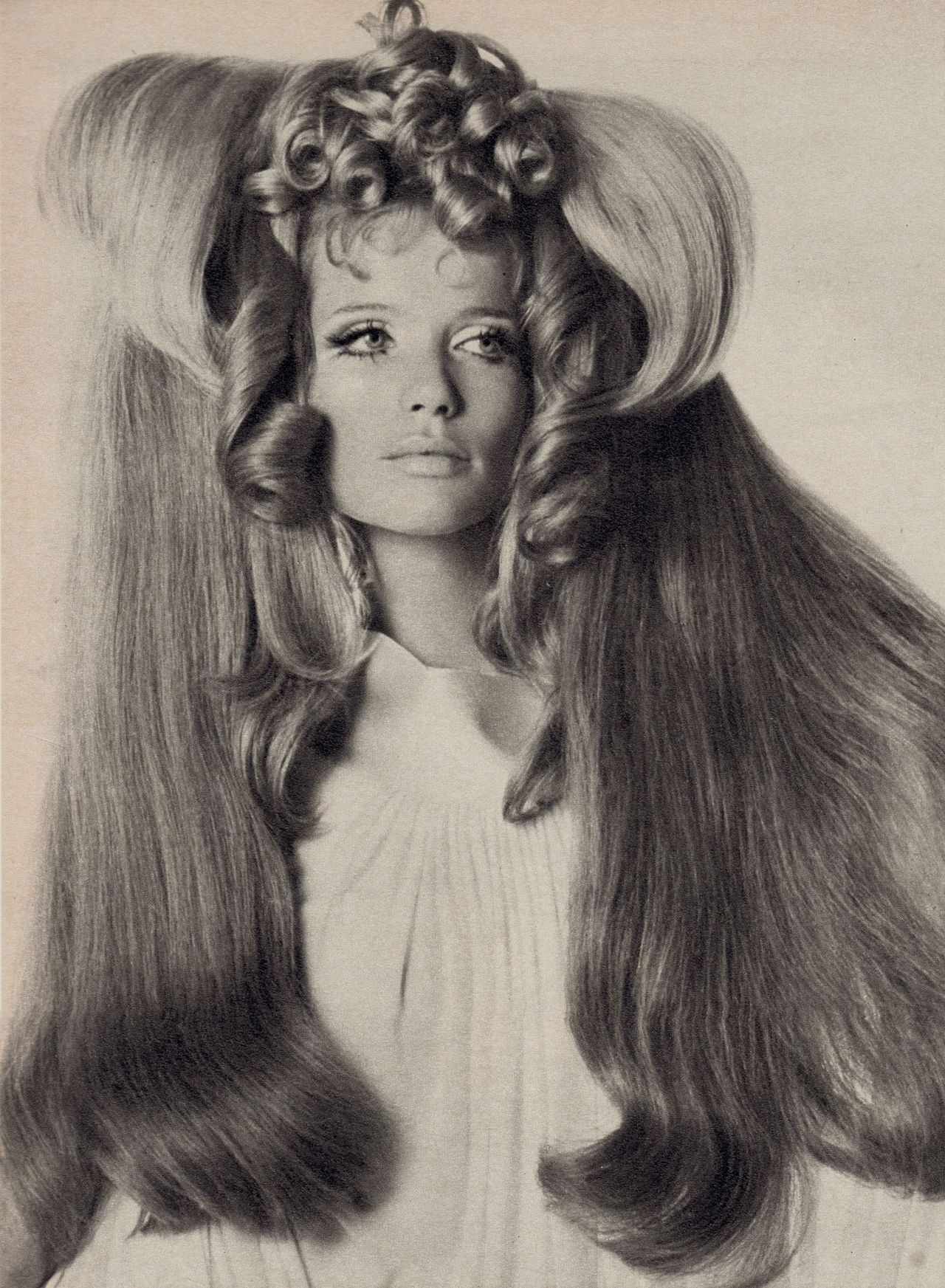
James Rosenquist
The Serenade for the Doll after Claude Debussy, Gift Wrapped Doll #16, 1992
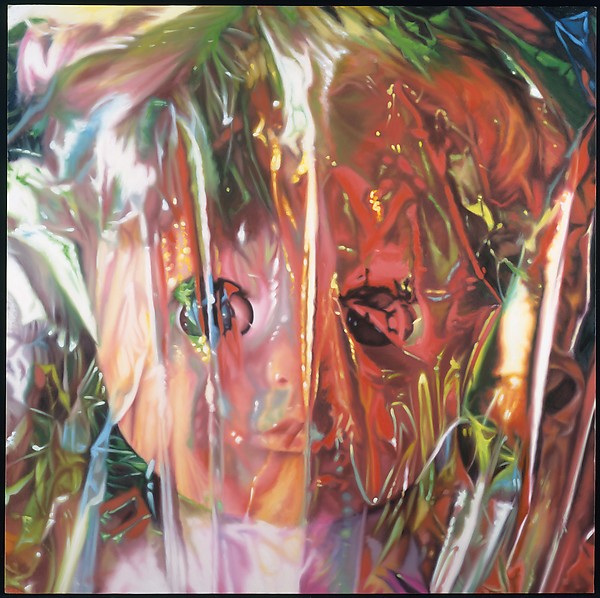
Jane Fonda
In Barbarella by Paco Rabanne, 1968

John Holmes
Graphic, 1981
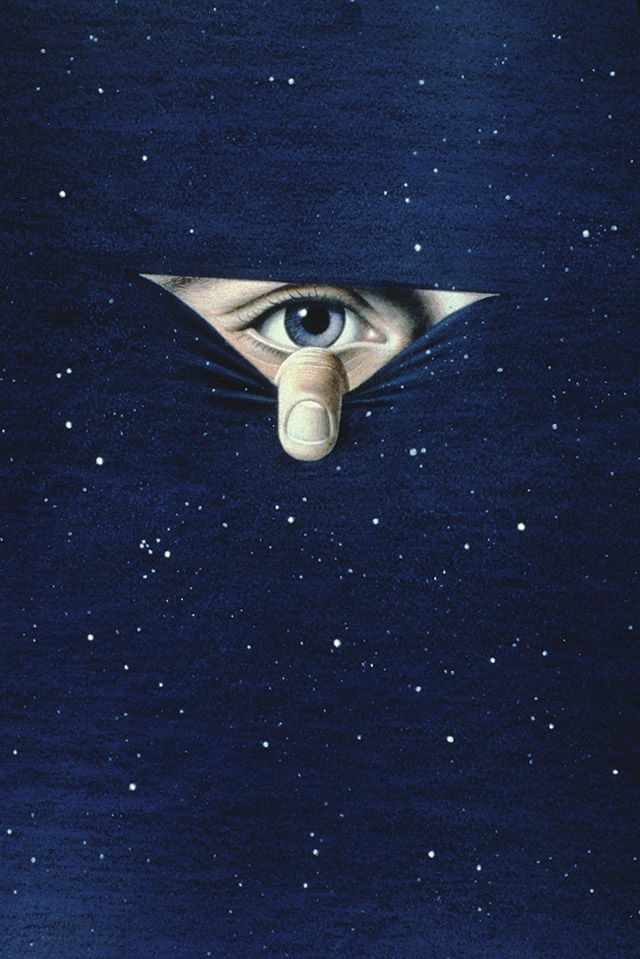
Kenny Scharf
My New Car, What a Beaut, 1979

Vogue UK
Cover, January, 1956

References
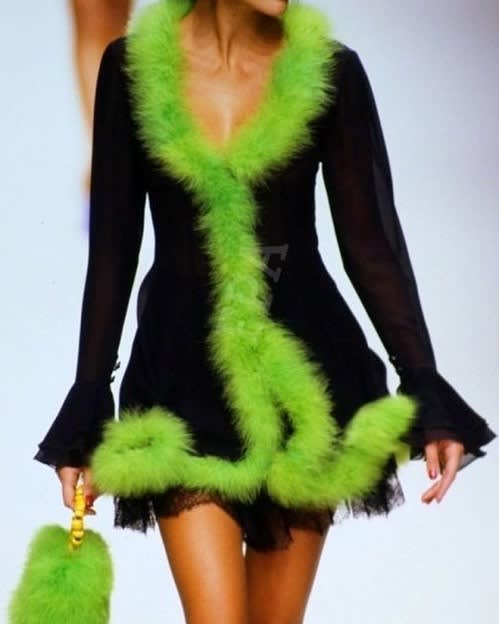
Emanuel Ungaro
Printemps 1995
1 of 18
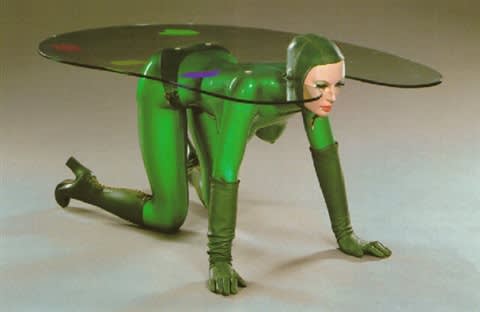
Allen Jones
Green Table, 1972
2 of 18

Kenny Scharf
Blobz 'n Glops, 2016
3 of 18
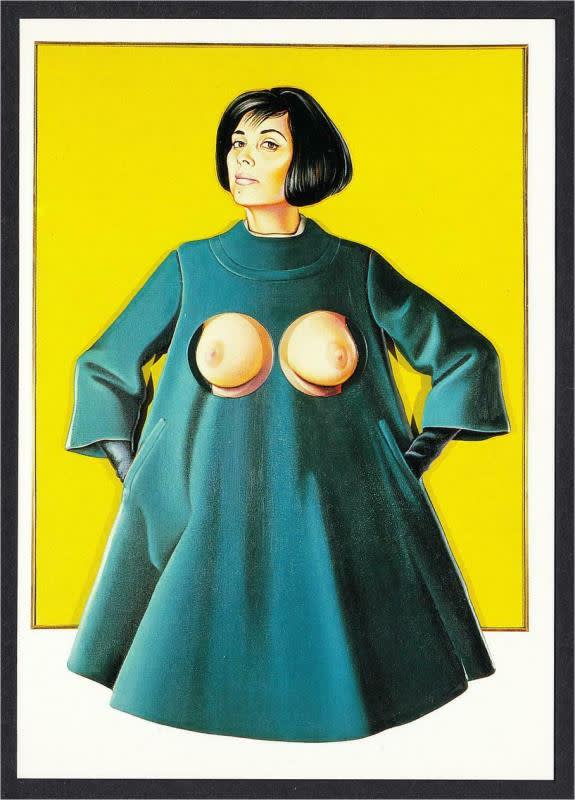
Mel Ramos
Blue Coat, 1966
4 of 18
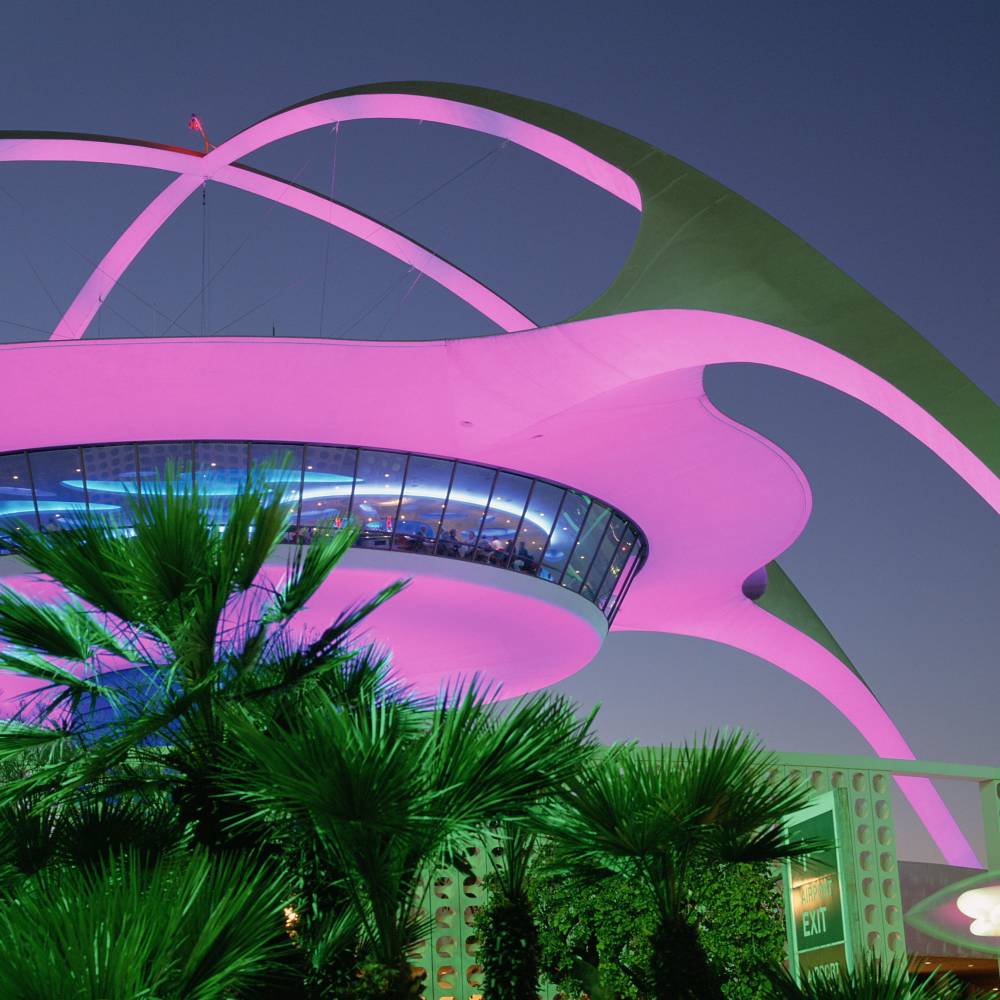
Paul R. Williams
LAX Theme Building, 1961
5 of 18
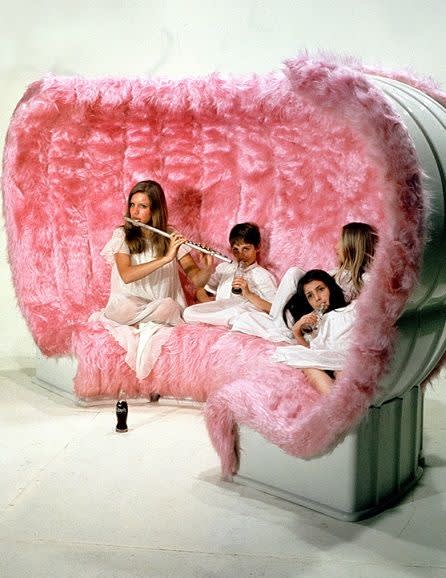
Superstudio
Sofa, 1968
6 of 18
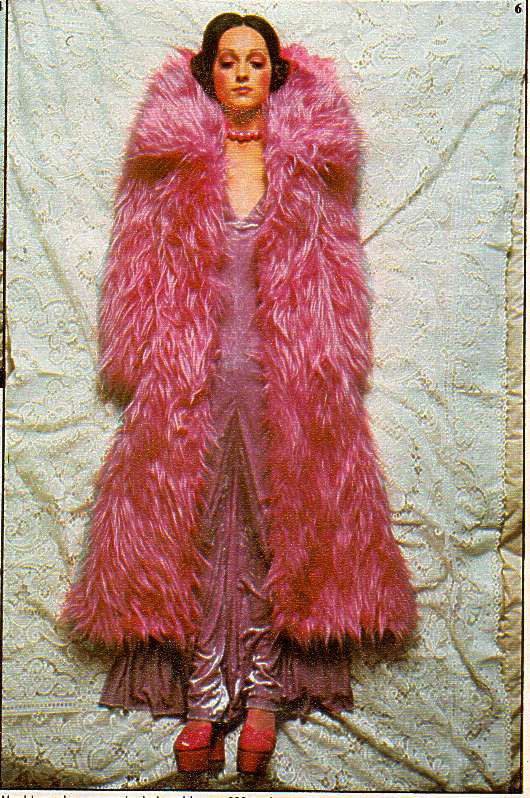
Harri Peccinotti
Nova Magazine, 1972
7 of 18
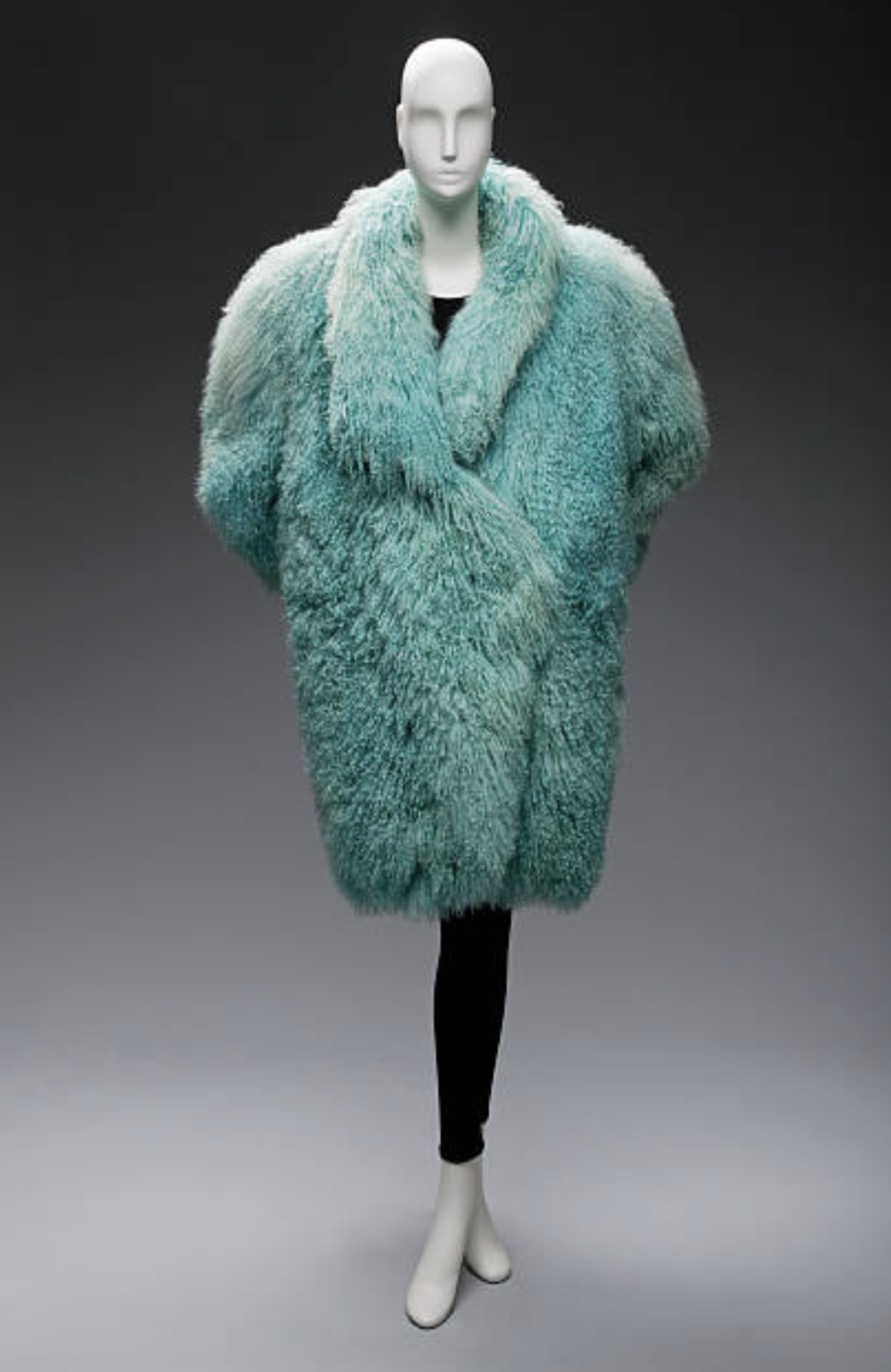
Claude Montana
Coat, 1980s
8 of 18

André Courrèges
Space Age Fashion, 1972
9 of 18
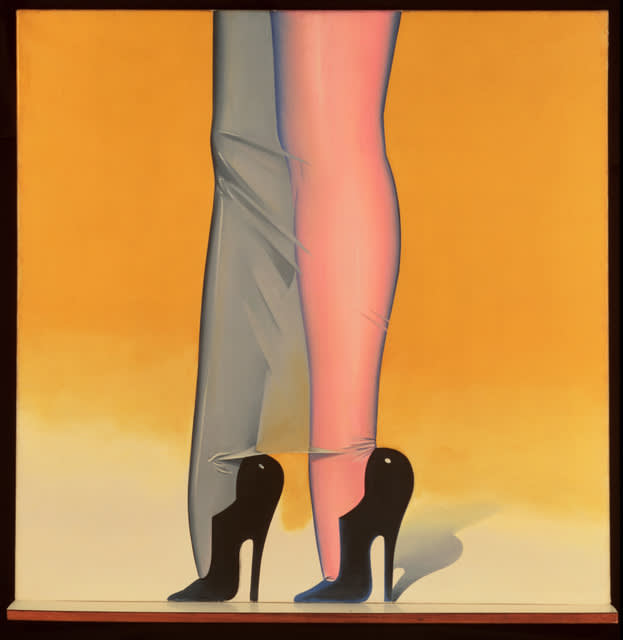
Allen Jones
First Step, 1966
10 of 18
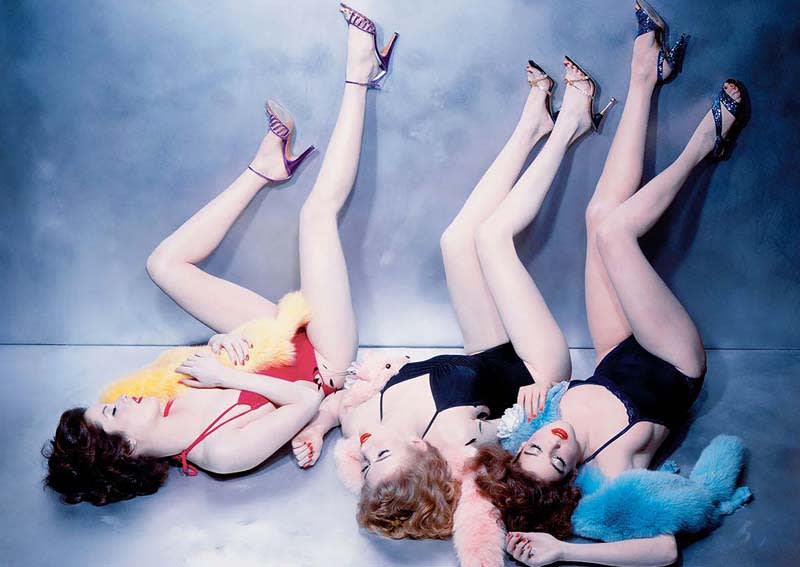
Guy Bourdin
Swimsuit Photography, 1976
11 of 18
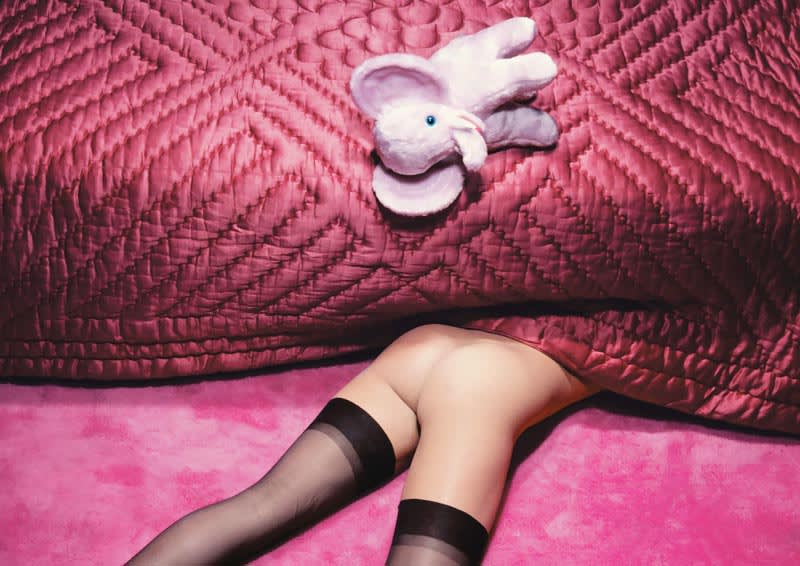
Guy Bourdin
Pentax Calendar, 1980
12 of 18
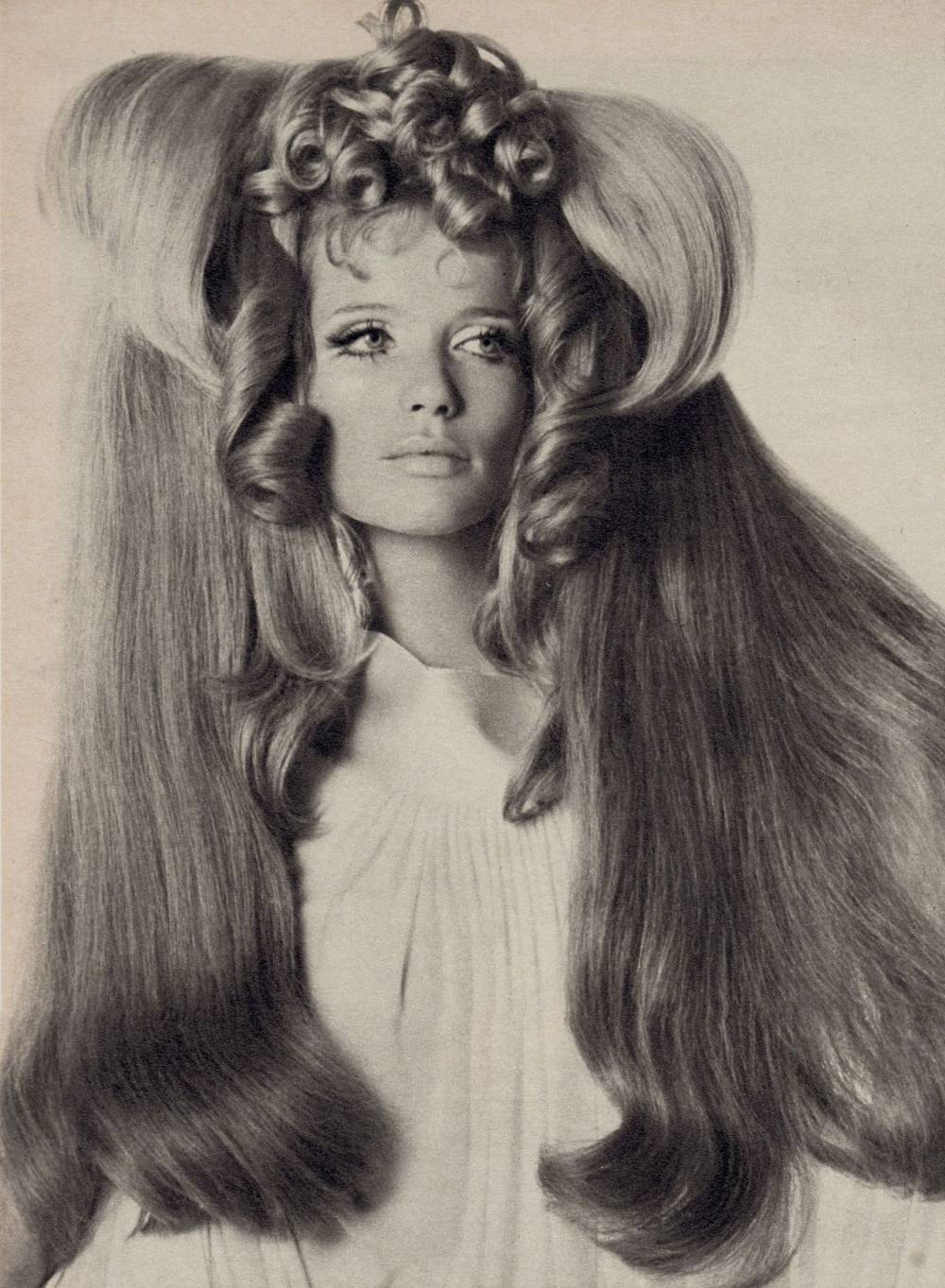
Irving Penn
Veruschka, Vogue, 1968
13 of 18
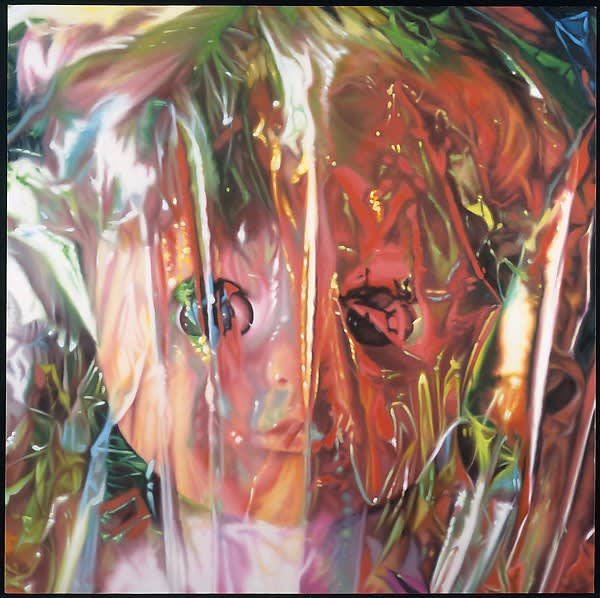
James Rosenquist
The Serenade for the Doll after Claude Debussy, Gift Wrapped Doll #16, 1992
14 of 18

Jane Fonda
In Barbarella by Paco Rabanne, 1968
15 of 18
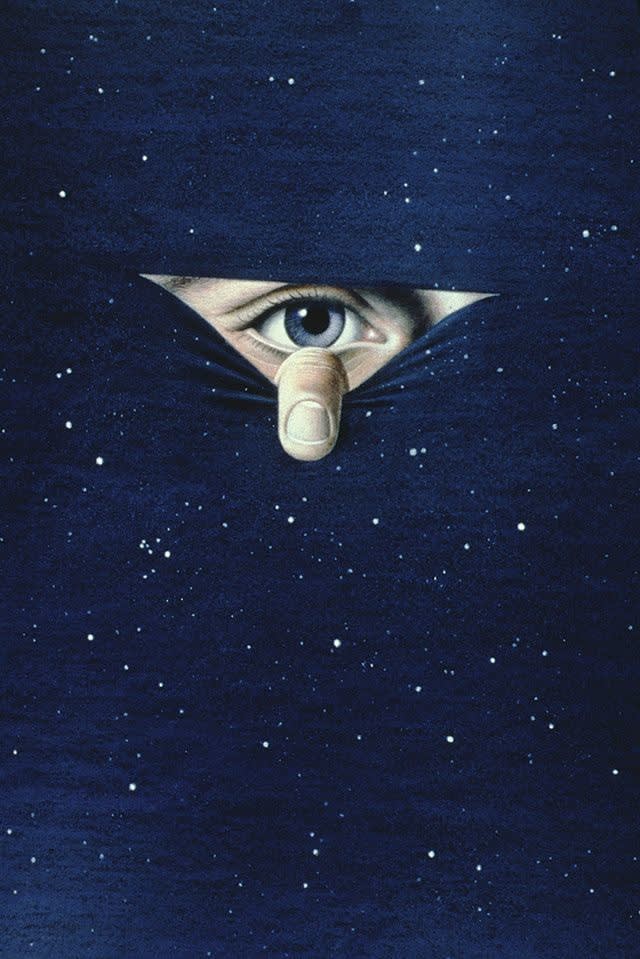
John Holmes
Graphic, 1981
16 of 18
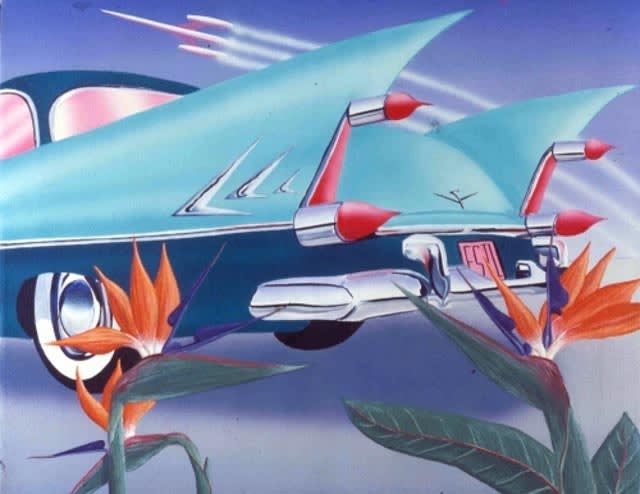
Kenny Scharf
My New Car, What a Beaut, 1979
17 of 18
